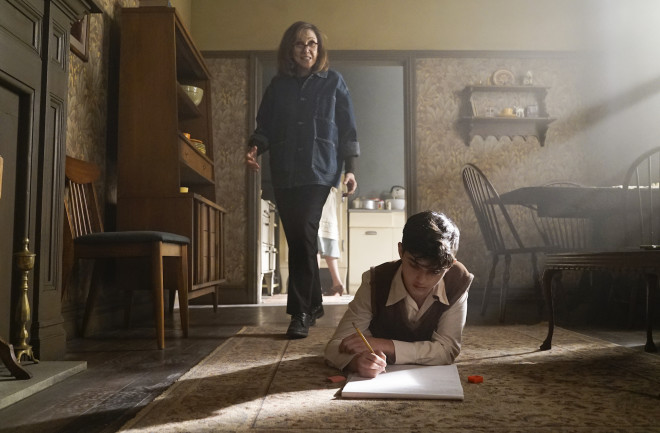In my previous post, I shared my interview with Neil deGrasse Tyson about the new season of the legendary Cosmos television series. But to get deeper inside the show, I also spoke with Ann Druyan, who co-wrote the original series from 1980 and who was the main creative force behind the two newer iterations. At a moment when we are all consumed with news of a global pandemic, Cosmos' grand perspective on life and understanding seems more relevant than ever.
Often identified (sometimes with a touch of dismissiveness) as "Carl Sagan's widow," Druyan is much more than that. Druyan and Sagan met at a dinner party way back in 1974, just a year after Sagan had become a true public figure with his first book, The Cosmic Connection. The two formed an instant bond, and soon collaborated on a science TV show for kids — a project that never reached fruition, unfortunately. They had much greater success on their next collaboration: the Golden Records aboard NASA's space probes Voyager 1 and Voyager 2.
Both Voyagers are currently headed out of the solar system, flying into interstellar space. Sagan came up with the idea of including audio disks that would be attached to both probes, carrying messages from Earth off to the stars. The odds that any space alien will ever find the records are extremely low; neither probe is projected to come within a trillion kilometers of another star system within the next few million years. The real purpose of the Golden Records was to help people here on Earth think about our collective identities, and about what we would want an alien civilization to know about us.
From there, Druyan worked with Sagan on the Cosmos television show, on several of his books, and on the story that begat the movie Contact. After Sagan's death in 1996, Druyan remained prolific. She worked with The Planetary Society to create Cosmos 1, a spacecraft designed to sail on sunlight. (It launched but was destroyed by a rocket malfunction.) She owns and operates Cosmos Studios. She advises the Breakthrough Message and Breakthrough Starshot projects. And she has written the new book Cosmos: Possible Worlds, a companion to the current TV series.
Druyan shares much of Sagan's vision, but she has a viewpoint and a voice that is distinctly here own. I was curious to hear her thoughts about the current state of science, about where our society is headed in the far future — and, of course, how these ideas play out in the 13 episodes of Cosmos: Possible Worlds. A lightly edited version of our conversation follows.


